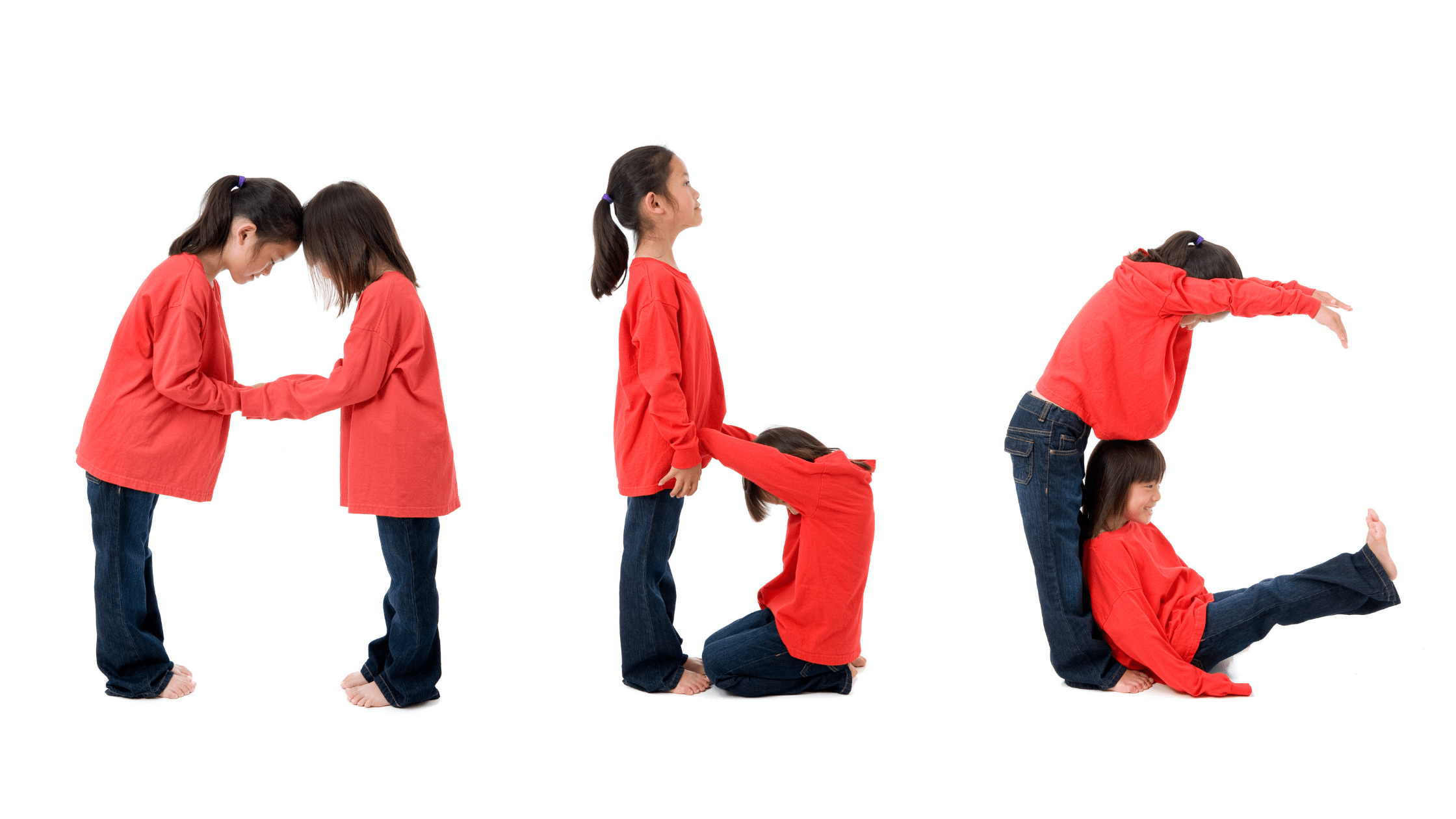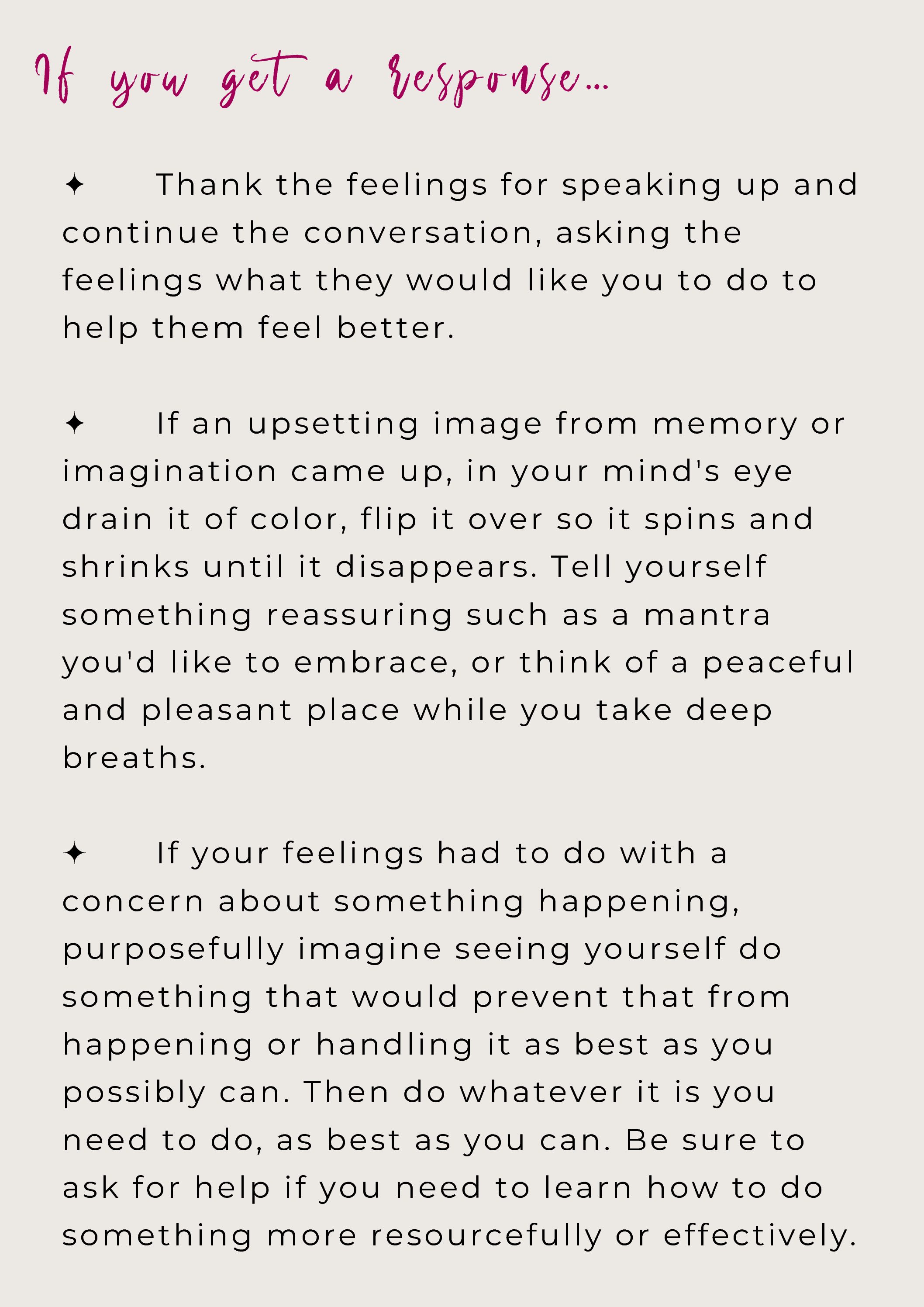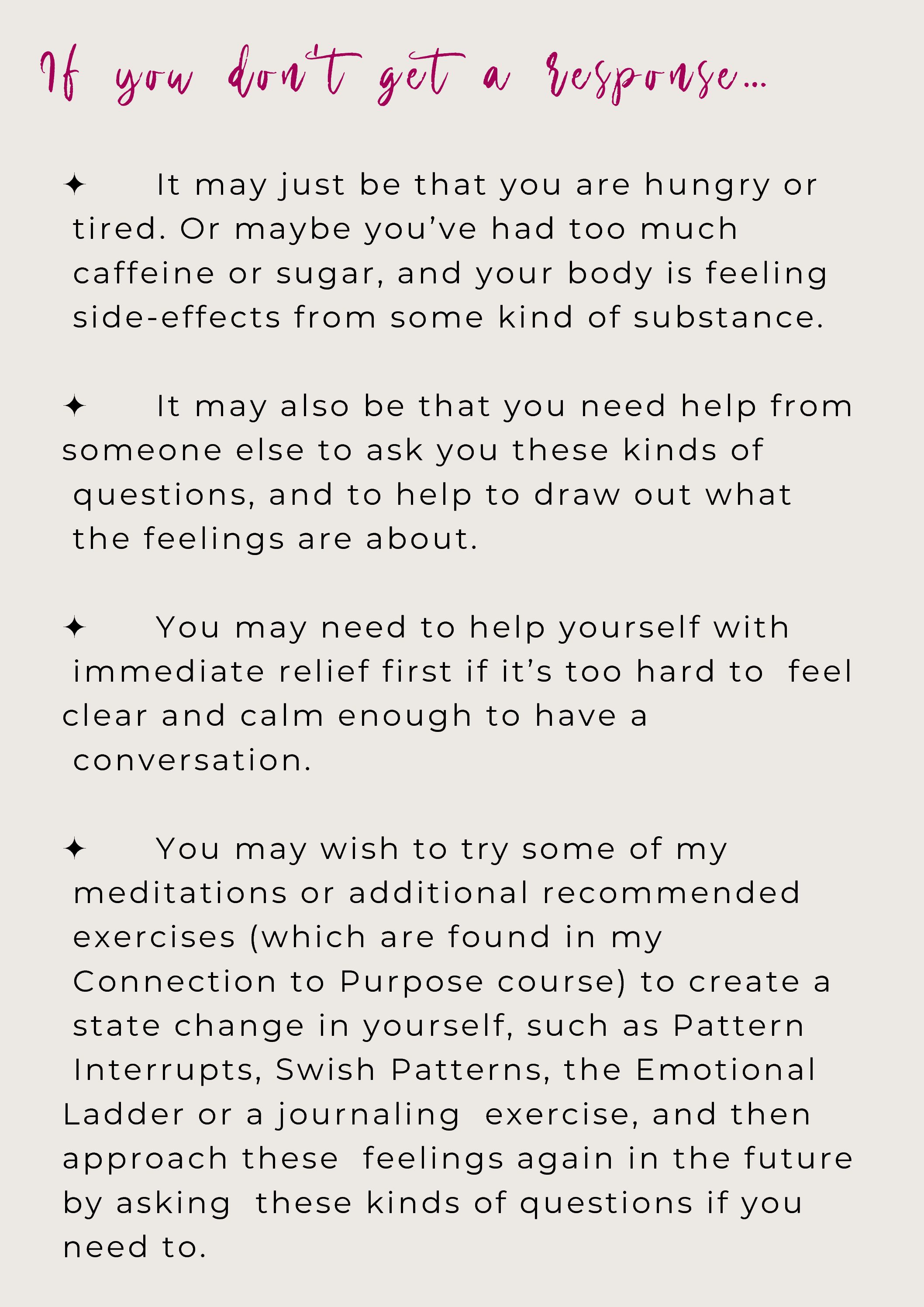Shake It Out
In the animal kingdom, one of the first things mammals do after surviving a stressful event is run and shake. They literally shake off their stress to help change their state. Think of a cat or a dog shaking and running away after being let go when it wanted to stop being held. Think of a deer surviving a hunt and “running it off” in the woods for a few minutes.
They are getting their heart rate up so the adrenaline in their body can be channeled into a physical outlet that will eventually calm their heart rate back down. Unfortunately, this immediate drastic change in physicality has become a lost art in our species. Rarely (with the exception of coaches, gym teachers, or personal trainers) do humans encourage other humans to “run it off” after experiencing something stressful?
In reality, immediately taking a break and dancing yourself silly while listening to Florence + The Machine’s “Shake It Out” (or Taylor Swift's “Shake It Off,” whatever tickles your fancy) would be a better way to improve a business meeting that just got tense or aggressive rather than attempting to plow through and have a rational conversation while piqued.

Watching Amy Cuddy’s TED Talk will help you realize just how powerful a role our physicality plays on our emotions. Keep your physical state in mind when trying to process your emotions or change your mood.
Why We Feel What We Feel
There are multiple reasons why we might be feeling an uncomfortable emotion, and it’s important that we be able to pick out the cause so that we can respond appropriately.
Sometimes the reason for an uncomfortable emotion is:
✦ An obvious reaction to something you’ve just experienced, or learned you will have to face. In this case, it’s useful to think of your uncomfortable emotions as a signal helping you to realize a concern you have about something (or a process going on in your body). This signal could be a request to find a useful action to take in response to a concern or need you have. Just as hunger and pain are sensations trying to tell you something, so are your emotions.
✦ Side effects from a lack of sleep, a drug or medication, as well as a hormonal or blood sugar imbalance. Sometimes you may simply need more nourishment or rest to feel better. Maybe you’re hangry (i.e., experiencing moodiness from low blood sugar)? It’s best to make sure these needs are met first if they are more urgent than the situation causing you stress. That way, you can actually have a productive conversation with yourself or others, or have enough energy and mental clarity to take any useful actions necessary to deal with a situation.
✦ Unresolved thoughts and feelings about past or current situations. It’s important to notice any patterns. How does your interpretation of what’s happening, or what you’re currently focusing on in your given situation, contribute to the feelings you’re having? Notice if there are any reoccurring triggers that may be leading to a stacking of your emotions. Consider whether it may be beneficial for you to receive the guidance and support of someone you can trust; someone who can provide you with additional perspective and helpful advice. If there isn’t someone within your circle who is qualified to give you this kind of counsel, use the assistance of a qualified mental health professional.
Troubleshooting Intense Emotions
If you are ever having a difficult time with a strong emotion, like anxiety or sadness (not due to the side effects from a substance or low blood sugar), try using a list of Feelings and Needs to help you go through the following steps.
How To Ask Yourself Questions To Trace Your Feelings To Your Needs

Question yourself internally, or talk out loud to the feelings or distracting thoughts. Do this as if the feelings or thoughts are a small child with whom you’re trying to communicate.
Begin a respectful, non-judgmental dialogue. Know that simple, short words may come up when you do this, as well as images, memories, certain emotions (which can be strong), and even physical sensations. Your job is to be the observer when you ask yourself a question. Don’t try to answer for your feelings by guessing or forcing a response. Allow yourself to simply notice any kind of instinctive or intuitive response.
A thought might cross your mind or an image might pop up. It might just be more of a sensation that intensifies in your body. Don't try to search or press yourself for answers, just be patient and inviting. You could ask the feelings you’re having yes or no questions in the same way you might make guesses (not assumptions) if you were talking to a child. The sensations might get stronger for yes, and soften or disappear to answer no. You're noticing anything to give you an indication that would let you know what’s causing the feelings.
Ask the feelings questions like:
✦ "What are you trying to tell me?”
✦ ”What do you want me to do?"
✦ "What are you trying to do for me?”
✦ "What are you trying to get me by ________?”
✦ “What do you want (ultimately)?” or “What’s the ultimate thing you want for me?”
Respect the answers you get, and do your best to address any concerns or requests being made of you, as if you were parenting a child, or reaching an understanding with a good friend.
If, for example, it feels like…
ANXIETY or FEAR
✦ "What are you afraid is going to happen?”
✦ "What's making you scared?"
FRUSTRATION or ANGER
✦ "What's upsetting you?”
✦ "What do you want to stop happening?”
GRIEF
✦ “What’s making you sad?”
✦ “What do you want, need, miss, or long for?”
✦ “How can I help you feel better?
State Of Change
If you need to change your state in order to then have a conversation with your feelings, or to just move on from them after you’ve understood their cause, you could…
✦ Do something active to get your heart rate up (taking a walk, running up and down stairs, jumping jacks, etc.), and then stretch and breathe calmly for 2 - 5 minutes or more, if necessary.
✦ If you’re in a location where you can’t move freely, try balling your hands up as tight as you can, and imagine all the feelings flowing down into your fists. Tense your body as hard as you can - every muscle from your head to your toes - while holding your breath for up to 10 seconds.
✦ Let all your breath out through your mouth slowly. Breathe in through your nose, expanding your tummy more than your chest and shoulders. Inhale slowly to a count of four while imagining your muscles are becoming as loose as liquid and empty as air. Exhale through your mouth for at least six to eight seconds.
✦ You can do this relaxed diaphragmatic breathing for 3 - 10 repetitions. Then tense your body once again, holding your breath for 10 seconds and do another round of diaphragmatic breaths. Do this repeatedly as needed until you feel more calm. (This breathing technique can also help you stop a panic attack.)
✦ Do something cathartic or get connected with someone who can help you.
✦ Talk to someone about how you’re feeling, or ask them for assistance. Listen, sing, or dance to music, write in a journal, draw, read, play a game, or anything else that really occupies your attention.
✦ Think of something or do something that makes you smile and laugh (watch a nice show or funny videos on YouTube). Serving others through acts of kindness as well as receiving or even watching acts of kindness can boost your level of serotonin, which is a wonderful, feel good hormone that regulates all kinds healthy processes in your brain and body.
✦ After you feel better, purposefully get back in touch with your feelings and then do your best to have a conversation with them.
Next up is a cheat sheet exercise any child or adult could use as a game plan for managing intense or uncomfortable emotions.
Create Your Own ABCs For Feelings and Needs Cheat Sheet

When you start to feel unpleasant emotions, here are some things to do that can help you feel better!
A is for Activity!
Get your heart rate up for 2 - 5 minutes! You can put your favorite song on and just jump around, or anything else you know is safe for you that gets your heart pumping, and that you love doing!
Make a list of five things you would like to do to get my heart rate up.
1. ______________________________________________________________________
2. ______________________________________________________________________
3. ______________________________________________________________________
4. ______________________________________________________________________
5. ______________________________________________________________________
B is for Breathe!
Take at least 10 deep breaths. Breathe in through your nose, deep from your tummy, while you count to four. Hold it for two seconds. Make your tummy get bigger when you inhale. Then breathe out through your mouth slowly - like you’re deflating a balloon - while you count to eight. You can tighten all your muscles when you breathe in, and relax them when you exhale.
List five images you could imagine or nice words to tell yourself while taking deep breaths.
1. ______________________________________________________________________
2. ______________________________________________________________________
3. ______________________________________________________________________
4. ______________________________________________________________________
5. ______________________________________________________________________
C is for Calm and Connection!
Do something that makes you feel calmer, or that’s interesting and fun! Connect with someone who cares about you and will help cheer you up!
You could write about your feelings, or talk to a friend about them. You could listen to your favorite music or a story on tape, read your favorite book, watch your favorite movie, or find something else that’s funny or interesting.
Make a list of five calming, interesting, and fun things you can do or people who can cheer you up.
1. ______________________________________________________________________
2. ______________________________________________________________________
3. ______________________________________________________________________
4. ______________________________________________________________________
5. ______________________________________________________________________
Check out the other guided meditations that can help you relieve stress and anxiety by going to my store.


